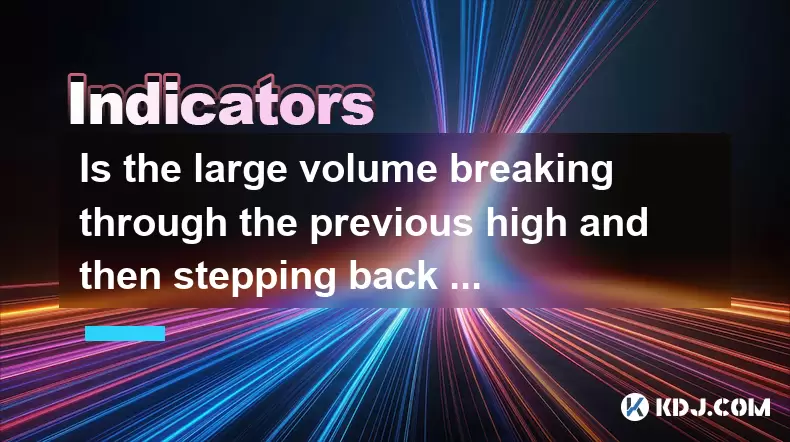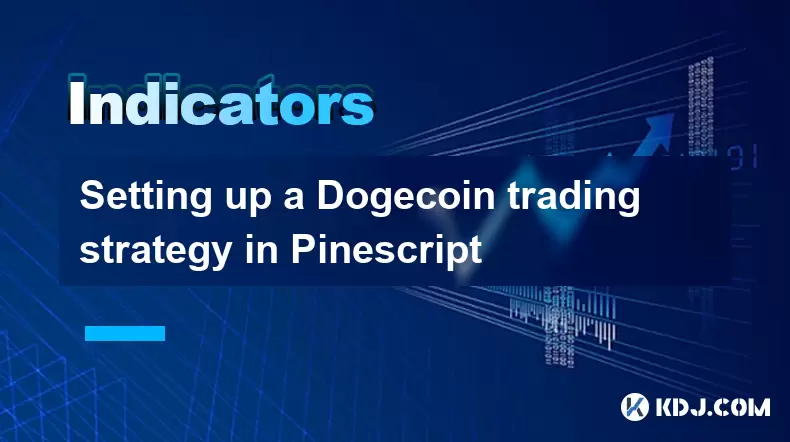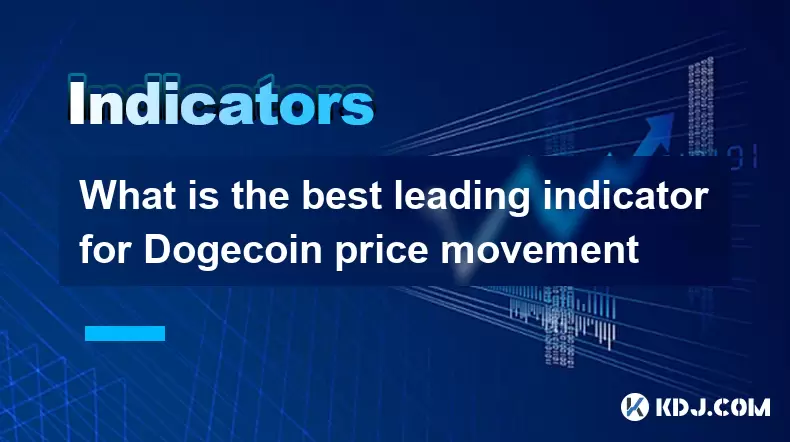-
 Bitcoin
Bitcoin $108,151.9523
0.11% -
 Ethereum
Ethereum $2,520.6389
0.26% -
 Tether USDt
Tether USDt $1.0002
0.00% -
 XRP
XRP $2.2654
2.16% -
 BNB
BNB $656.3481
0.23% -
 Solana
Solana $148.3243
0.26% -
 USDC
USDC $1.0000
0.00% -
 TRON
TRON $0.2847
0.24% -
 Dogecoin
Dogecoin $0.1655
1.16% -
 Cardano
Cardano $0.5789
1.10% -
 Hyperliquid
Hyperliquid $38.9650
-0.58% -
 Sui
Sui $2.8914
-0.61% -
 Bitcoin Cash
Bitcoin Cash $487.4743
1.11% -
 Chainlink
Chainlink $13.2128
0.30% -
 UNUS SED LEO
UNUS SED LEO $9.0219
-0.03% -
 Avalanche
Avalanche $17.9307
0.73% -
 Stellar
Stellar $0.2400
1.57% -
 Toncoin
Toncoin $2.9074
6.15% -
 Shiba Inu
Shiba Inu $0.0...01162
1.83% -
 Litecoin
Litecoin $87.2310
1.00% -
 Hedera
Hedera $0.1550
0.24% -
 Monero
Monero $314.8034
0.95% -
 Dai
Dai $1.0000
0.00% -
 Polkadot
Polkadot $3.3587
0.34% -
 Ethena USDe
Ethena USDe $1.0002
0.00% -
 Bitget Token
Bitget Token $4.3862
-0.27% -
 Uniswap
Uniswap $7.2908
4.86% -
 Pepe
Pepe $0.0...09825
1.65% -
 Aave
Aave $271.1484
-0.22% -
 Pi
Pi $0.4517
-1.99%
Is the large volume breaking through the previous high and then stepping back on the neckline a secondary buying point?
A strong volume breakout followed by a pullback to the neckline often signals a valid retest and offers a secondary buying opportunity with improved risk-to-reward ratios.
Jul 06, 2025 at 12:42 pm

Understanding the Price Pattern: Breakout and Retest
In technical analysis, a breakout refers to when the price moves beyond a significant level of resistance or support. When this breakout occurs with large volume, it often signals strong institutional or retail interest in the asset. However, after such a move, the price frequently steps back or retraces toward the previous resistance (now acting as support), especially near the neckline of a chart pattern like a head and shoulders or cup and handle.
This retracement is commonly referred to as a retest of the broken level. In many cases, this retest can offer a secondary buying opportunity, assuming other indicators align and the volume during the pullback remains relatively low compared to the breakout volume.
Large volume breakout followed by a pullback to the neckline often suggests that the initial momentum was genuine and not a false move.
What Is a Neckline in Chart Patterns?
The neckline is a key component in several technical chart patterns, most notably the head and shoulders, inverse head and shoulders, and sometimes even double tops and bottoms. It acts as a support or resistance level depending on the direction of the trend.
For instance, in a bearish head and shoulders pattern, the neckline typically connects the two lows formed between the head and the shoulders. When the price breaks below the neckline, it confirms the reversal. Conversely, in an inverse head and shoulders, a breakout above the neckline indicates a bullish reversal.
When the price breaks out strongly from such a formation and then pulls back to test the neckline, traders often look for signs of support at this level to confirm the continuation of the new trend.
- A valid breakout must be confirmed with large volume
- The retest should ideally show lower volume than the breakout
- Price should find support at or near the neckline during the pullback
How to Identify a Secondary Buying Point
A secondary buying point emerges after the primary move has already begun. In this case, the first opportunity would have been during the initial breakout. The second chance comes when the price returns to the previously broken level — the neckline — and shows signs of bouncing off it.
To identify this secondary entry:
- Look for a clear breakout above the neckline with increased volume
- Observe a subsequent pullback to the neckline area
- Check for candlestick patterns like pin bars, engulfing candles, or bullish reversals near the neckline
- Ensure that volume decreases during the pullback but increases again on the bounce
Traders who missed the initial breakout may use this moment to enter with tighter stop-loss levels and better risk-to-reward ratios.
Volume Behavior During Breakouts and Pullbacks
Volume plays a critical role in confirming the strength of a breakout and the validity of the pullback. A sustained rally following a breakout usually requires continued buying pressure. If the pullback happens on low volume, it may indicate that selling pressure is weak and the bulls are still in control.
Conversely, if the pullback happens on high volume, it could signal distribution or strong selling interest, which may invalidate the pattern.
Key volume observations include:
- Breakout volume should be significantly higher than average trading volume
- Pullback volume should be lighter than breakout volume
- A surge in volume during the bounce off the neckline strengthens the case for a secondary entry
Analyzing these volume dynamics helps traders distinguish between healthy corrections and potential reversals.
Practical Steps to Trade the Secondary Entry
If you're considering entering at the retest of the neckline, follow these practical steps to improve your trade setup:
- Mark the neckline clearly using horizontal lines or trendlines
- Wait for the price to break out with strong volume
- Monitor the price action for a pullback toward the neckline
- Look for bullish candlestick formations or momentum indicators suggesting a reversal
- Place a buy order slightly above the low of the retest candle
- Set a stop loss just below the neckline to manage risk
- Target a profit level based on the height of the original pattern projected upward from the breakout point
By following this structured approach, traders can take advantage of late entries while maintaining a disciplined risk management framework.
Frequently Asked Questions
Q1: Can the same concept apply to bearish patterns with a breakdown?
Yes, in bearish scenarios like a head and shoulders top, a breakdown below the neckline with high volume followed by a retest can serve as a secondary shorting opportunity. Traders watch for resistance behavior at the neckline during the retest.
Q2: How long can the pullback last before the secondary entry becomes invalid?
There’s no fixed time frame, but generally, the longer the price stays around the neckline without showing renewed strength, the weaker the pattern becomes. Most traders expect a bounce within a few candles, especially in fast-moving crypto markets.
Q3: Should I always wait for a retest after a breakout?
Not necessarily. Some breakouts continue without looking back, especially in strong uptrends. However, waiting for a retest often provides a safer and more favorable entry point with improved risk-to-reward ratios.
Q4: What tools can help confirm the validity of the retest?
Use tools like moving averages, RSI, MACD, and candlestick patterns to assess whether the retest is likely to hold. For example, an oversold RSI combined with a bullish engulfing pattern near the neckline can increase confidence in the secondary entry.
Disclaimer:info@kdj.com
The information provided is not trading advice. kdj.com does not assume any responsibility for any investments made based on the information provided in this article. Cryptocurrencies are highly volatile and it is highly recommended that you invest with caution after thorough research!
If you believe that the content used on this website infringes your copyright, please contact us immediately (info@kdj.com) and we will delete it promptly.
- Litecoin Breakout Watch: What Traders Need to Know Now
- 2025-07-06 16:50:13
- Bitcoin, Solana, Ethereum: Decoding the Latest Buzz on the Blockchain
- 2025-07-06 16:50:13
- Widnes Resident's 50p Could Be Your Ticket to Easy Street: Rare Coin Mania!
- 2025-07-06 16:55:13
- Bitcoin, Solaris Presale, and Token Rewards: What's the Buzz?
- 2025-07-06 16:55:13
- Ethereum Under Pressure: Price Drop Amid Global Uncertainties
- 2025-07-06 17:00:13
- XRP, SEC Case, and Prosperity: A New Era for XRP Holders?
- 2025-07-06 17:10:13
Related knowledge

How to spot manipulation on the Dogecoin chart
Jul 06,2025 at 12:35pm
Understanding the Basics of Chart ManipulationChart manipulation in the cryptocurrency space, particularly with Dogecoin, refers to artificial price movements caused by coordinated trading activities rather than genuine market demand. These manipulations are often executed by large holders (commonly known as whales) or organized groups aiming to mislead...

What is the significance of a Dogecoin engulfing candle pattern
Jul 06,2025 at 06:36am
Understanding the Engulfing Candle Pattern in CryptocurrencyThe engulfing candle pattern is a significant technical analysis tool used by traders to identify potential trend reversals in financial markets, including cryptocurrencies like Dogecoin. This pattern typically consists of two candles: the first one is relatively small and indicates the current...

Dogecoin monthly chart analysis for long term investors
Jul 06,2025 at 10:08am
Understanding the Dogecoin Monthly ChartFor long-term investors, analyzing the monthly chart of Dogecoin (DOGE) provides a macro view of its price behavior over extended periods. The monthly chart captures major trends, key resistance and support levels, and potential reversal zones that are crucial for strategic investment planning. Unlike daily or hou...

How to manage risk using ATR on Dogecoin
Jul 06,2025 at 02:35am
Understanding ATR in Cryptocurrency TradingThe Average True Range (ATR) is a technical indicator used to measure market volatility. Originally developed for commodities, it has found widespread use in cryptocurrency trading due to the high volatility inherent in digital assets like Dogecoin (DOGE). The ATR calculates the average range of price movement ...

Setting up a Dogecoin trading strategy in Pinescript
Jul 06,2025 at 05:00pm
Understanding Dogecoin and Its Place in the Cryptocurrency MarketDogecoin (DOGE) is a decentralized, peer-to-peer cryptocurrency that was initially created as a joke but has since gained significant traction in the crypto market. Despite its humorous origins, Dogecoin has been adopted by a large community and supported by notable figures such as Elon Mu...

What is the best leading indicator for Dogecoin price movement
Jul 06,2025 at 06:00pm
Understanding Leading Indicators in CryptocurrencyIn the world of cryptocurrency trading, leading indicators play a crucial role in forecasting price movements before they occur. These tools are used by traders to anticipate potential market changes and make informed decisions. For Dogecoin (DOGE), which is known for its volatile nature and strong commu...

How to spot manipulation on the Dogecoin chart
Jul 06,2025 at 12:35pm
Understanding the Basics of Chart ManipulationChart manipulation in the cryptocurrency space, particularly with Dogecoin, refers to artificial price movements caused by coordinated trading activities rather than genuine market demand. These manipulations are often executed by large holders (commonly known as whales) or organized groups aiming to mislead...

What is the significance of a Dogecoin engulfing candle pattern
Jul 06,2025 at 06:36am
Understanding the Engulfing Candle Pattern in CryptocurrencyThe engulfing candle pattern is a significant technical analysis tool used by traders to identify potential trend reversals in financial markets, including cryptocurrencies like Dogecoin. This pattern typically consists of two candles: the first one is relatively small and indicates the current...

Dogecoin monthly chart analysis for long term investors
Jul 06,2025 at 10:08am
Understanding the Dogecoin Monthly ChartFor long-term investors, analyzing the monthly chart of Dogecoin (DOGE) provides a macro view of its price behavior over extended periods. The monthly chart captures major trends, key resistance and support levels, and potential reversal zones that are crucial for strategic investment planning. Unlike daily or hou...

How to manage risk using ATR on Dogecoin
Jul 06,2025 at 02:35am
Understanding ATR in Cryptocurrency TradingThe Average True Range (ATR) is a technical indicator used to measure market volatility. Originally developed for commodities, it has found widespread use in cryptocurrency trading due to the high volatility inherent in digital assets like Dogecoin (DOGE). The ATR calculates the average range of price movement ...

Setting up a Dogecoin trading strategy in Pinescript
Jul 06,2025 at 05:00pm
Understanding Dogecoin and Its Place in the Cryptocurrency MarketDogecoin (DOGE) is a decentralized, peer-to-peer cryptocurrency that was initially created as a joke but has since gained significant traction in the crypto market. Despite its humorous origins, Dogecoin has been adopted by a large community and supported by notable figures such as Elon Mu...

What is the best leading indicator for Dogecoin price movement
Jul 06,2025 at 06:00pm
Understanding Leading Indicators in CryptocurrencyIn the world of cryptocurrency trading, leading indicators play a crucial role in forecasting price movements before they occur. These tools are used by traders to anticipate potential market changes and make informed decisions. For Dogecoin (DOGE), which is known for its volatile nature and strong commu...
See all articles

























































































